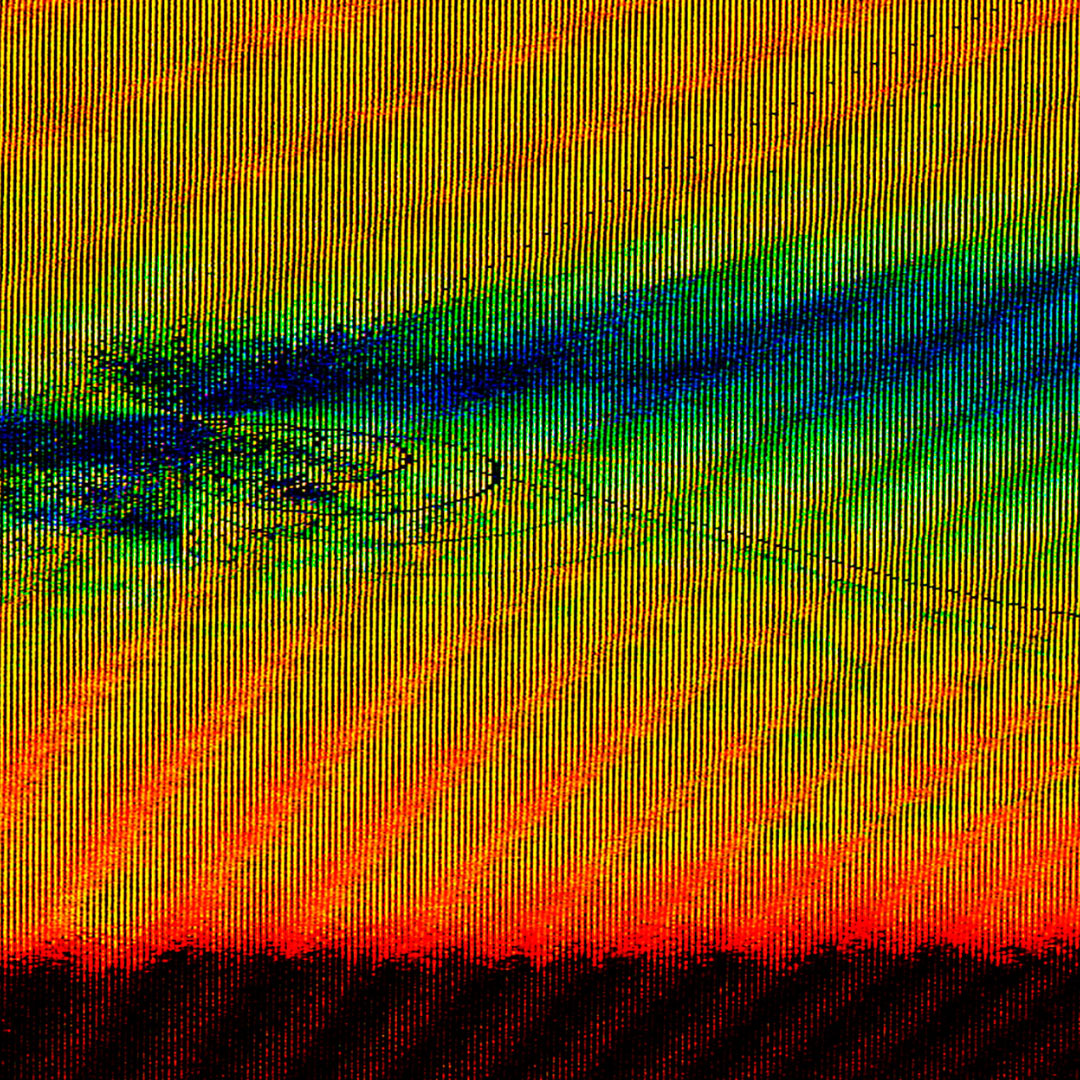Conclusion:
The best red light therapy panel isn’t always the biggest or the brightest - it’s the one that matches your goals, uses clinically proven wavelengths, and delivers safe, effective irradiance. If you’re using it for your face and skin, you’ll want a mask or panel with visible red + orange light. If your goal is recovery or chronic pain relief, prioritize 850nm near-infrared with more output.
Why Wavelength Matters in Low Level Light Therapy
Light travels in wavelengths, measured in nanometers (nm). Different wavelengths penetrate the body at different depths and trigger different cellular responses.
The Most Effective Wavelengths:
| Wavelength | Color | Target Depth | Benefits |
|---|---|---|---|
| 630/660 nm | Red light | Surface to mid-dermis | Collagen production, skin healing, anti-aging etc. |
| 810/830/850/1060 nm | Near-infrared (NIR) | Deep tissue, muscles, joints | Muscle recovery, pain relief, inflammation reduction etc. |
Why Power (Irradiance) Matters Too
The second essential metric is irradiance, which measures how much light energy hits your body. It’s expressed in mW/cm² (milliwatts per square centimeter).
What’s a good irradiance level?
-
> 20 mW/cm²: Minimum for meaningful skin benefits
-
40–60 mW/cm²: Ideal for general wellness and recovery
-
100+ mW/cm²: Needed for deep tissue therapy or larger body panels
But too much isn’t better - it can overstimulate cells. That’s why dosage and distance are just as important as raw power.
Wavelength vs. Power: What's More Important?
-
For skin and cosmetic goals: Prioritize accurate red (630–660 nm) and orange (590 nm) wavelengths with moderate power
-
For pain relief and deep tissue: Choose panels with 850 nm NIR and higher irradiance, ideally adjustable
-
For muscle recovery: Look for a combo panel with 660 + 850 nm, with at least 50–100 mW/cm² output





